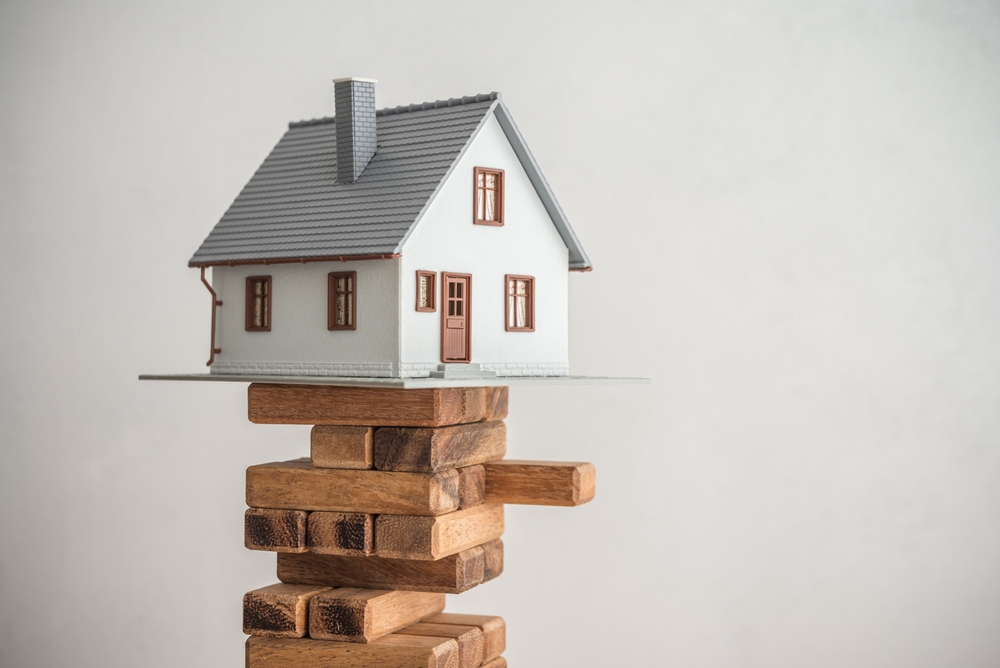Why Container Home Prices Are Drawing More Buyers in 2025
The landscape of affordable housing continues to evolve as more Americans seek cost-effective alternatives to traditional homes. Shipping container homes, once considered an experimental niche, have surged into the mainstream housing market in 2025. With rising conventional housing prices and growing environmental consciousness, these repurposed steel boxes offer a practical solution that combines sustainability, affordability, and modern design aesthetics. Their increasing popularity stems not just from their distinctive industrial appearance but from genuine financial advantages that make homeownership accessible to broader demographics.

The Economic Benefits of Shipping Container Homes
Shipping container homes represent one of the most economical paths to homeownership in today’s market. The base structure—a used shipping container—typically costs between $1,500 and $5,000, a fraction of traditional building materials. Even when accounting for insulation, interior finishing, plumbing, and electrical work, the complete cost remains significantly lower than conventional construction. Most single-container homes can be completed for $30,000 to $60,000, while multi-container designs typically range from $100,000 to $200,000—still well below the national average home price of $426,000 in 2025.
How Container Homes Compare to Traditional Home Costs
The cost differential between container homes and stick-built houses continues to widen. While traditional construction averages $150-$300 per square foot nationwide, container homes typically cost $100-$200 per square foot when professionally built. For DIY enthusiasts with construction skills, costs can drop even lower to $75-$150 per square foot. Beyond initial construction, container homeowners report 20-30% lower maintenance costs and significant energy savings due to modern insulation techniques specifically developed for metal structures. This long-term affordability has particularly attracted first-time homebuyers and retirees seeking to minimize housing expenses.
Sustainability Features Driving Container Home Popularity
The environmental benefits of shipping container homes align perfectly with growing climate consciousness. Each repurposed shipping container prevents approximately 3,500 kg of steel from being melted down or discarded. Moreover, the compact footprint of container homes typically results in 30-40% less energy consumption compared to conventional homes of similar square footage. Manufacturers have responded by developing specialized eco-friendly insulation systems that address the unique challenges of metal structures, further enhancing energy efficiency and reducing utility bills. Many container homeowners report integrating solar panels and rainwater collection systems, achieving near-zero utility expenses.
Comparing Leading Container Home Providers in 2025
The market for prefabricated container homes has matured significantly, with several companies establishing strong reputations for quality and value. Below is a comparison of leading providers based on current offerings:
| Provider | Base Model Cost | Customization Options | Delivery Time |
|---|---|---|---|
| Container Hive | $65,000-$120,000 | Full interior design, solar integration | 3-5 months |
| ModBox Homes | $45,000-$150,000 | Multiple container configurations, smart home tech | 2-4 months |
| Steel Living | $80,000-$200,000 | Premium finishes, expanded outdoor spaces | 4-6 months |
| EcoContainer | $40,000-$95,000 | Off-grid capabilities, eco-materials | 2-3 months |
| Cargo Home Systems | $55,000-$175,000 | Multi-level designs, high-end fixtures | 3-5 months |
Prices, rates, or cost estimates mentioned in this article are based on the latest available information but may change over time. Independent research is advised before making financial decisions.
The Cost Advantage of Modular Homes vs. Traditional Construction
The modular approach of container homes delivers significant cost savings through efficiency and reduced labor expenses. With most of the construction occurring in controlled factory environments, weather delays are eliminated and material waste is minimized—typically cutting overall construction waste by 30-40%. Labor costs, which account for nearly 40% of traditional home prices, are substantially reduced through assembly-line manufacturing processes. Additionally, the shortened construction timeline (averaging 10-16 weeks compared to 7-9 months for traditional homes) reduces carrying costs like construction loans and temporary housing expenses. These efficiencies translate directly into lower purchase prices without sacrificing quality.
Affordable Prefab Housing: Overcoming Zoning and Financing Challenges
Previous barriers to container home adoption have diminished considerably in 2025. Many municipalities have updated zoning codes to accommodate these innovative structures, recognizing their role in addressing housing shortages. Financial institutions have developed specialized loan products for alternative housing, making financing more accessible than in previous years. Insurance companies now offer standard policies for container homes, eliminating another historical obstacle. Furthermore, improved building standards specifically addressing container construction have increased buyer confidence and property values. These developments have transformed container homes from experimental projects into mainstream housing options with predictable appreciation rates.
The rising popularity of shipping container homes reflects their evolution from an alternative housing experiment to a practical solution for affordable homeownership. With significant cost advantages, environmental benefits, and increasing market acceptance, these innovative dwellings are positioned to remain a growing segment of the housing market well beyond 2025. As traditional housing costs continue to climb in many regions, the economic case for container homes becomes even more compelling for budget-conscious buyers seeking creative alternatives to conventional real estate.




